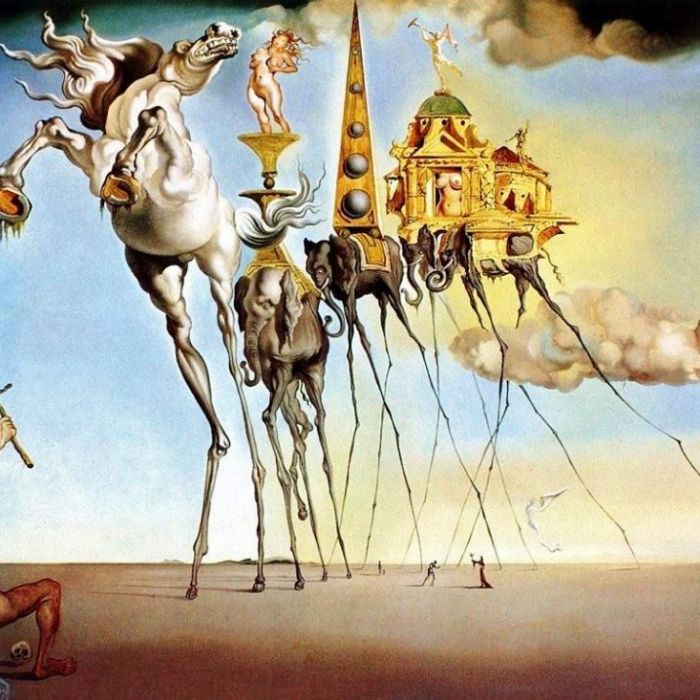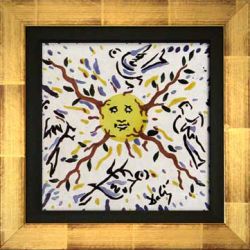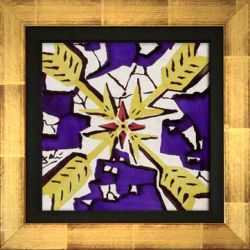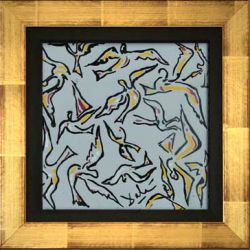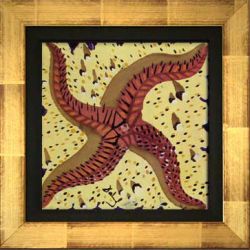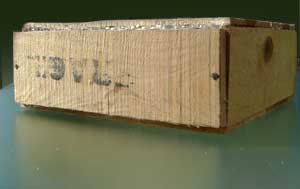Background
informations
History
In 1954, Dalí created these unique ceramics at the suggestion of Senor Mauricio Duchin, Minister of the then Spanish Government – six ceramics of high artistic value, with a limited edition totalling 10,000 sets.
Only very few of them remained in Europe, which were bought up within a short time by collectors, investors and museums. For a long time, the complete edition was thought to have disappeared from the market. The edition was handcrafted by "EL SIGLO" in Onda (Castellón) in close cooperation with Master Dalí who allowed his signature to be burned in every single object, following his examination and approval. Now, we have succeeded in acquiring remaining the last complete sets from a Swiss estate. The art collector from Zurich bequeathed these assets, which were stored in a repository, to his life companion in Munich. All sets were packed in individual wooden boxes from the original edition of 1954, provided with a stamp. It’s exactly this original evidence which makes this edition such a highly interesting investment and exclusive property.

Dalí as ceramics artist
Only few artists of the Classical Modern dealt so intensively with a material other than canvas. Materials such as ceramics, glass or porcelain namely require a particular relationship with the material itself, if the product is not to just become a simple copy of an artist's paintings and drawings.
The greatest artists of modern painting accepted this challenge. The ceramic objects of Picasso and Miró are an integral part of their complete works. The ceramic objects – the only ones of Salvador Dali – are fascinating examples of his ability to adapt the artistic subjects to the requirements of this material. The Spanish "El Siglo" manufacture in Onda (Castellón), with its long tradition, mastered the challenge to Dalí's full satisfaction and knew how to completely retain the luminosity of his works of art and to eternalize it in objects of high artistic value and craftmanship.
